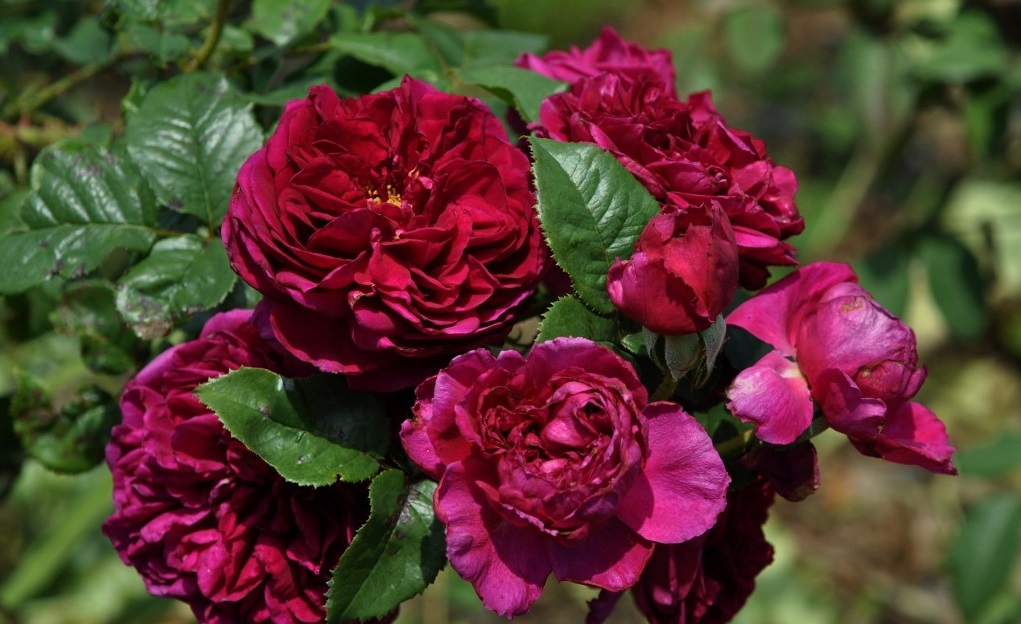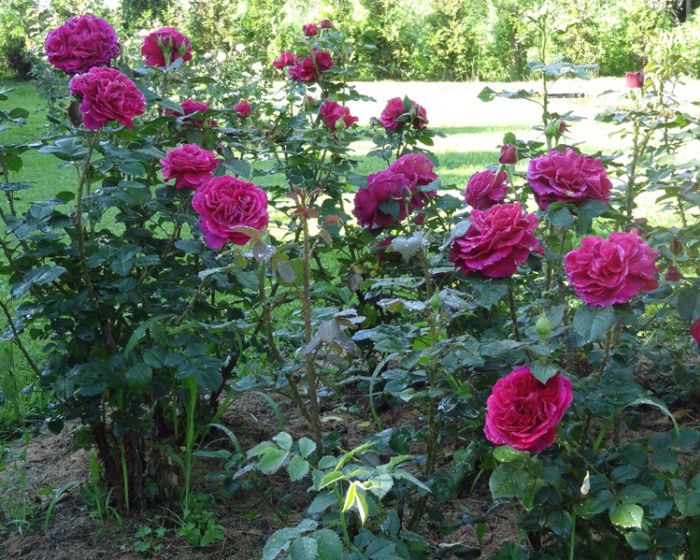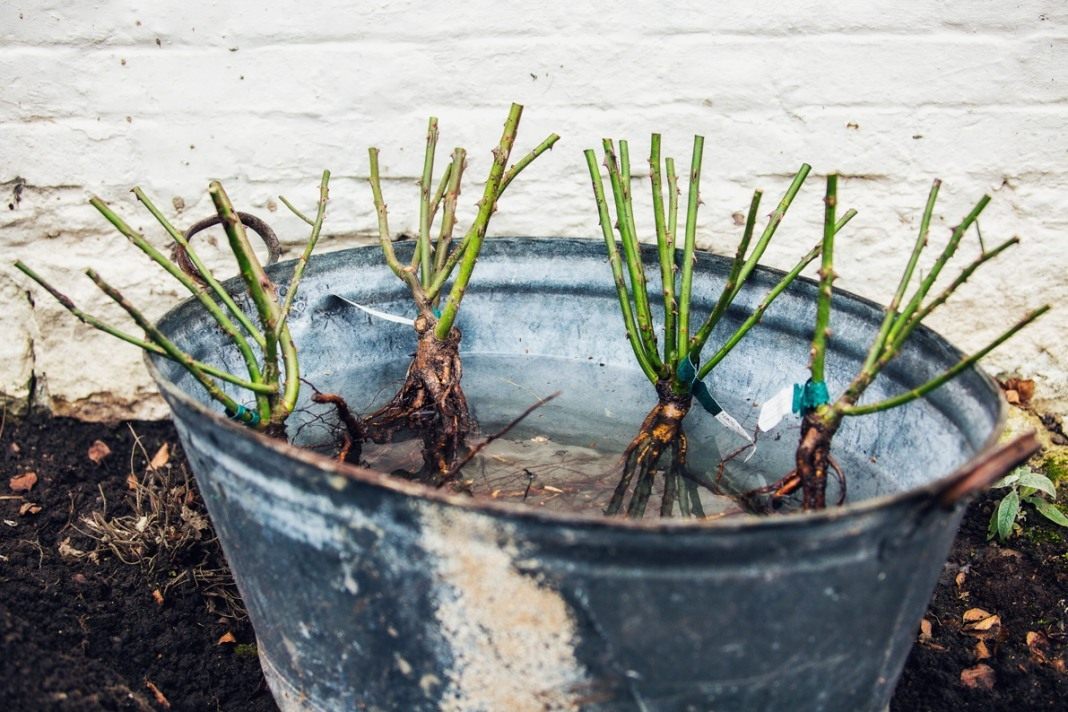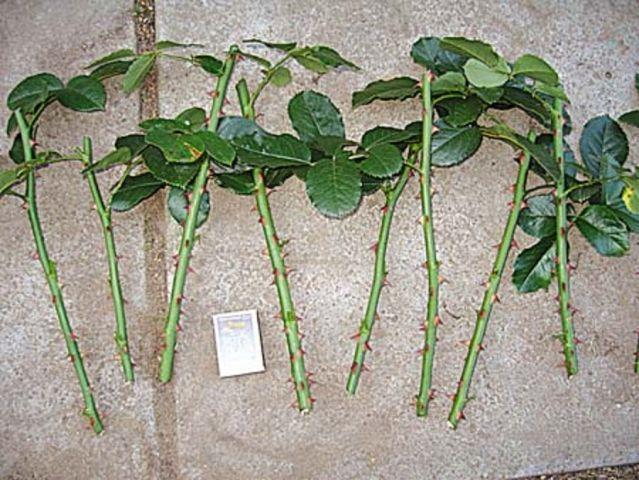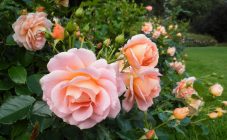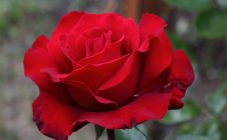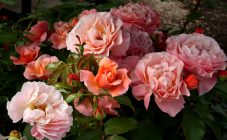Content:
One of the most interesting varieties from the Austin Rose group is the Fisherman Friend. Plants, bred by the English breeder James Austin back in the middle of the last century, are still popular with flower growers all over the world. The main reasons for this popularity are the extraordinary beauty of these flowering shrubs, resistance to frost and most diseases.
Rose Fisherman's Friend is one of the finest flowers in the Austin collection. Fragrant cupped flowers blooming on tall bushes captivate with their extraordinary beauty. The history of the creation of the variety, its main characteristics and the nuances of cultivation will be described below.
The history of the creation of the variety
Fishermanꞌs Friend rose is a relatively young variety, the date of its "birth" is considered to be 1987. It was then that James Austin officially introduced the new variety to the public.
The name of the variety was bought at a charity auction and previously belonged to a series of candies that soothed the pain in the larynx from sore throat or other sore throat.
Characteristics and features of the variety
Fisherman rose bushes are erect, of medium height (no more than 1.2 m in height), compact - they can be about 0.8 m in diameter.The shoots are upright, densely covered with thorns, when large buds bloom on them, the stems droop under their weight ... As a result, the shape of the bush turns from oval to spherical, which makes the plant decorative.
Fisherman's Friend Rose is especially beautiful during flowering. Dense double buds, blooming, exude a pleasant aroma of rose oil. The diameter of the blossoming flowers is about 12 cm, and the color of the petals is from pomegranate to deep crimson. The number of petals in a bud is from 40 to 60 pieces.
Fisherman's Friend rose petals are rounded, slightly elongated. The shape of the opened flower is cup-shaped. If the bushes grow in the sun, during blooming, the petals may fade slightly, acquiring a pale pink color.
The flowering of this shrub is repeated, the first wave of buds blooms in early June, and then new ones appear in place of the fading buds.
Rose Fisher, as it is also called, is not very resistant to diseases, therefore, experts recommend prophylactically treating the shrub with Bordeaux liquid and other preparations containing copper in order to prevent the appearance of fungal diseases.
Growing a rose
Planting purchased seedlings is simple and does not differ from planting other varieties of roses. The main advantage of the planting material is that it is sent with a closed root system, so it is not damaged during transportation, and the seedlings quickly acclimatize in a new place.
Further care of the flower after planting in a permanent place in open ground consists in regular watering, loosening the soil, removing weeds, periodic pruning and preventive treatment of the vegetative mass from diseases and pests.
Advantages and disadvantages of the variety
Florists note the following positive qualities of Fishermans roses:
- beautiful bloom throughout the summer season;
- densely double bright buds;
- good and fast acclimatization of seedlings in a new place.
However, it should be recalled about some of the shortcomings of this perennial - the shoots are densely studded, which makes it difficult to leave and cut the buds, as well as poor resistance to many diseases.
Despite a number of shortcomings, the Fisherman's Friend (Rybak's Friend) rose is still popular with gardeners from many countries of the world, as it was several decades ago.
